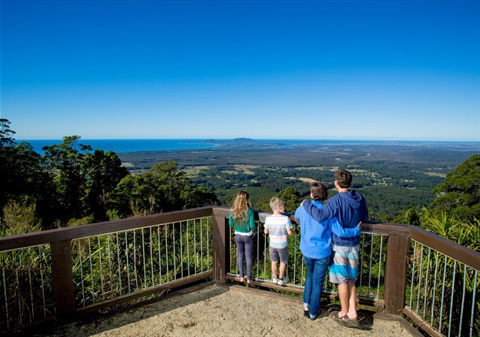History of the Macleay Valley

The history of the Macleay Valley is as fascinating as it is diverse and one of the best ways to appreciate it is to visit the Macleay River Historical Society’s award winning museum in South Kempsey. Housed in the unique Glenn Murcutt Building, the museum traces the valley's history from early Indigenous history to today.
Our history is vested in the Thunggutti/Dunghutti people, who lived in harmony with the land and whose pattern of life was governed by codes of conduct regarded as sacred, having been handed down through countless generations. Remnants of their ancient culture remain in the Macleay Valley, including middens and a fish trap in the Limeburners Creek Nature Reserve and a bora ring at Richardsons Crossing, just north of Crescent Head.
The earliest European settlement was recorded in 1827, when Captain AC Innes, the commandant at Port Macquarie, established a cedar party north of Euroka Creek on the Macleay River.
The first land grants were surveyed on the east bank of the Macleay in 1835. Samuel Onions' grant of 802 acres was sold to Enoch William Rudder, a merchant from Birmingham who became Kempsey’s first white settler. He surveyed the land for a private town which he named Kempsey, as he found the countryside reminiscent of the valley of Kempsey in Worcestershire, England. Rudder Park, in East Kempsey, is the site of his home.
The park, featuring a lookout, was first developed by the local Apex Club and commands a majestic view of the surrounding mountains, the town and the river. The Macleay River Historical Society has placed a historic marker at the site.
The first vehicular ferry operated nearby in 1842. The fine stands of cedar and rosewood timbers attracted the first residents, but timber was followed by grazing and land was leased on payment of an annual licence fee. These 'old runs' were later surveyed and the land purchased.
Farming was extensively carried out on the lower reaches of the Macleay. Sugar cane was tried but failed when frosts killed the plants. Dairying started in earnest early this century and maize growing has always been an important staple industry. Beef continues to be a major product.
Bullock and horse teams were the carriers of early times and shipping played a major role in transport. Up until 1893, the entrance to the Macleay River was at Grassy Head and droghers regularly plied the river carrying produce to meet the ocean going ships which tied up at Kempsey wharf. The railway edged north to the town in 1917.
In 1886, the borough of Kempsey was proclaimed. This name remained until the Municipality of Kempsey was established in 1907 with the formation of the Macleay Shire. Today, the local government body is Kempsey Shire Council, which embraces the entire Macleay district.
You can obtain more information from the Macleay River Historical Society on 02 6562 7572.